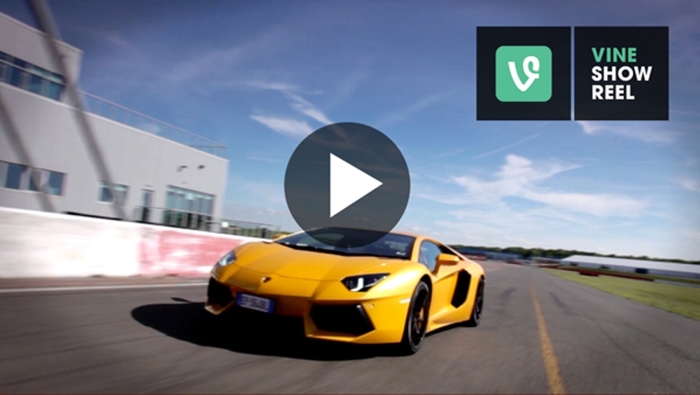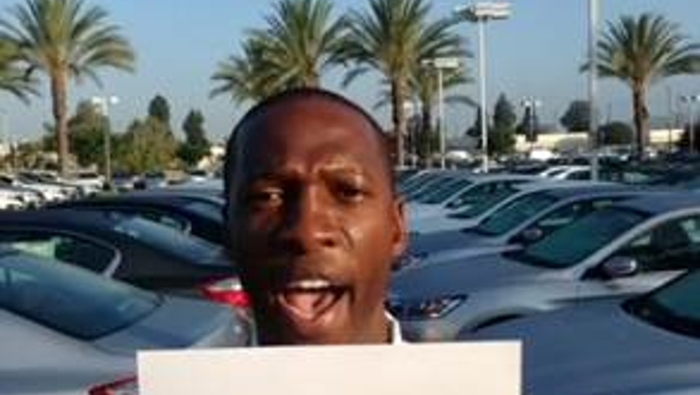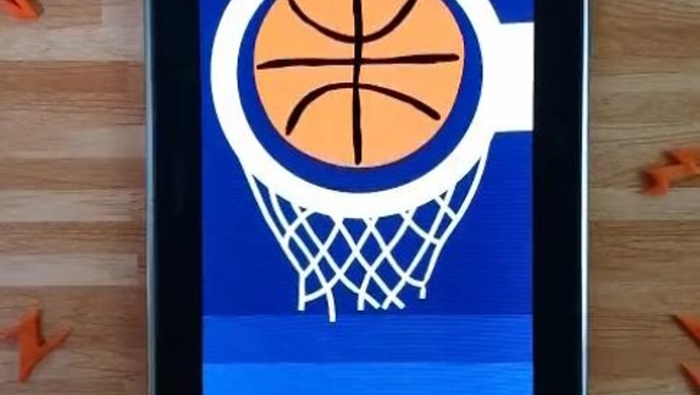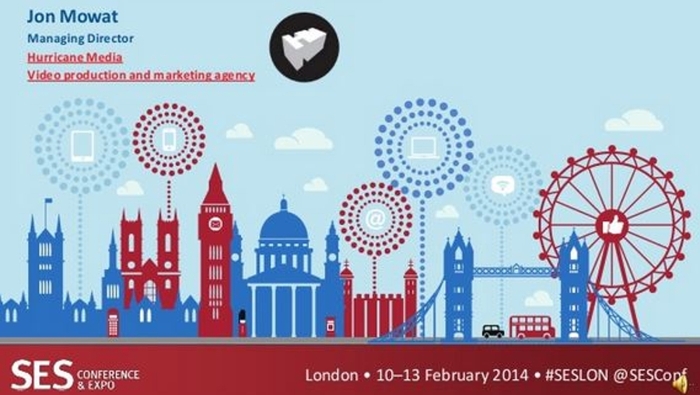Omniscreening and the death of brand narrative sound rather academic … but understanding multiple video channels and grabbing its opportunities could mean all the difference to your business and content marketing campaigns.
How can you increase brand awareness, engagement and sales by telling stories on multiple channels? Read on to find out how to get better results in world of multiple video channels…
Opportunities of multiple screens for brands
In the old days of single screen or mono screening (before Vine, Instagram, and even YouTube) TV channels and brands created linear narratives which moved in beats whether emotional or logical.
A TV show made a deal with the audience to entertain them for 30 minutes with beats of narrative or character, while a brand aimed to create an emotional connection with questions and answers about products and services.
Now in the multiscreen world people could be interacting with your brand on their PC at home, their iPad, smartphone or at work. You need to find ways to tell your story across channels and think about what your audience is doing when it’s viewing your content.
According to Dr Simon Hampton, a Psychology lecturer at University of East Anglia:
“People’s inability to leave their phone alone is the newest addition to common displacement behaviours such as smoking, doodling, fiddling and picking”
The stats below reinforce the opportunities to serve your audience content no matter where they are or what they’re doing:
– 62% of 18 to 32-year-olds prefer to check their smartphones if they have downtime rather than think.
– 37% say they check their smartphone if there’s a lull in the conversation.
Therefore there are opportunities for brands to connect with their audience anytime, anywhere. Essentially your video channels need to work together as a team.
Minutes and moments – the opportunity
There are also opportunities in the minutes you have to tell your story on YouTube and Vimeo and in the moments on Vine and Instagram. How could you tell your brand story in 6s, 15s, and 1.59 minutes? It’s a good exercise to try. Here goes for my Vine-sized introduction to Hurricane Media.
– We’re Hurricane.
– We used to create stories for TV.
– Now we tell stories for brands.
If we then had 15s, we could add more, and still more with YouTube. Could you tell your brand stories within these different constraints?
As a video marketing company, our brand story speaks through our work. How could we show this on Vine? Watch our Vine-sized showreel to find out:

And we still had more to say through our YouTube-sized showreel.
Each of these channels is different and the techniques to make them work effectively vary. But what actually matters for brands is how they work together.
Emotional and logical beats
A useful way to look at brand storytelling is through beats. You need to ensure that the beats of your brand story work in partnership with one another across channels. Indeed the opportunity is there for brands that can tell their story well across channels. Mobile platform doesn’t matter. It’s the channels and how you use them together which counts.
Each brand’s narrative will comprise emotional and logical beats. At times you want to engage with your consumers at a gut level and make a connection, whilst it will also be necessary to answer questions about services and show how your product meets their needs – logical beats.
Successful brands share both types of beats across their channels to tell the whole story, and drive people from one beat to another. Hashtags help the audience move from one channel to another where you can continue conversations and develop relationships.
People could go from an emotional beat on Vine to a logical beat on YouTube to an emotional ad to a logical blog post. I would advise that you don’t place all your emotional or logical beats in one channel, but rather mix them up. That way your audience will interact with different sides of your brand but hear a consistent story.
You can use emotional and logical beats on shortform, but be careful about using both together. In fact I would go as far to say never use them both on Vine or Instagram because it will confuse the audience and lessen the impact. Therefore you can create a logical beat through a top tips Vine, and the emotion by creating a humourous behind-the-scenes clip.
If you have a strong brand story at the core of all your output, your stories will work in any other order. It doesn’t matter if your audience sees a Vine or a YouTube video first as they’re all contributing to a larger narrative. It’s important to tell simple stories consistently, which can be followed across channels.
This isn’t necessarily easy, but it’s essential to invest time in achieving this. Each beat needs to contribute to your brand – be ruthless and ditch those that are not adding value.
Who’s getting it right?
Automotive brand, Honda is having some success with multi-channel (our Creative Director’s a big fan of this car brand too). Take their #wantnewcar campaign which combined shortform and real-time marketing.

The auto brand asked Twitter followers to tweet why they wanted to win a new Honda, and in reponse the brand would create a Vine for them encouraging them to attend Honda’s summer clearance.
What I really like about this campaign is that they’re connecting with their potential audience by joining existing conversations. Their social media team noticed that people moan about their vehicle troubles daily on Twitter and got creative with it. With this real-time marketing campaign, they achieved 1,000 new followers and 2,200 mentions of the brand.
How do I measure my results?
As with all marketing campaigns, you need to test, analyse and improve. An advantage of shortform is that you can experiment and test out ideas. The metrics of a campaign’s success should be set out at the start and can include, social engagement, video embeds from a blogger outreach campaign or length of video view.
What to take-away?
Brands which clarify their message and have all the beats working together will do well. It’s all about joined up thinking. Those that can’t simplify their story into short beats which work together will pay the price.
- Reach customers any time / any place
- Clarify your message
- Ensure your story beats are working together
- Create joined up campaigns
- Linking channels with themes and ♯ to cut through
- Target your audience with content on these different platforms
The brand narrative is dead…
… long live brand narratives. This Samsung Vine is not just an effective example of the format, it illustrates how brands need to seamlessly move across screens and channels.

The multi-channel environment offers us more opportunities to tell our stories. Our audiences are on their smartphones looking for content at anytime, anywhere. Brands, which live and breathe the forms, understand their audience and create content for them, will thrive.
But it’s a competitive environment. Brands must not only tell their stories across channels but tell them well.
Watch out for my next blog post how to tell your brand story on any channel…

I gave a version of this blog at SES London in February this year. If you would like to listen to my commentary check it out on slideshare. If you any questions or would like to know more about omniscreening or how to get better results, do get in touch.
– Give us a ring: 01179 240773
– Drop us a line: info@hurricanemedia.co.uk
– Tweet us: @jon_hurricane